Xiao Xie
CartoMark: a benchmark dataset for map pattern recognition and 1 map content retrieval with machine intelligence
Dec 14, 2023



Abstract:Maps are fundamental medium to visualize and represent the real word in a simple and 16 philosophical way. The emergence of the 3rd wave information has made a proportion of maps are available to be generated ubiquitously, which would significantly enrich the dimensions and perspectives to understand the characteristics of the real world. However, a majority of map dataset have never been discovered, acquired and effectively used, and the map data used in many applications might not be completely fitted for the authentic demands of these applications. This challenge is emerged due to the lack of numerous well-labelled benchmark datasets for implementing the deep learning approaches into identifying complicated map content. Thus, we develop a large-scale benchmark dataset that includes well-labelled dataset for map text annotation recognition, map scene classification, map super-resolution reconstruction, and map style transferring. Furthermore, these well-labelled datasets would facilitate the state-of-the-art machine intelligence technologies to conduct map feature detection, map pattern recognition and map content retrieval. We hope our efforts would be useful for AI-enhanced cartographical applications.
Individual Tree Detection and Crown Delineation with 3D Information from Multi-view Satellite Images
Jul 01, 2021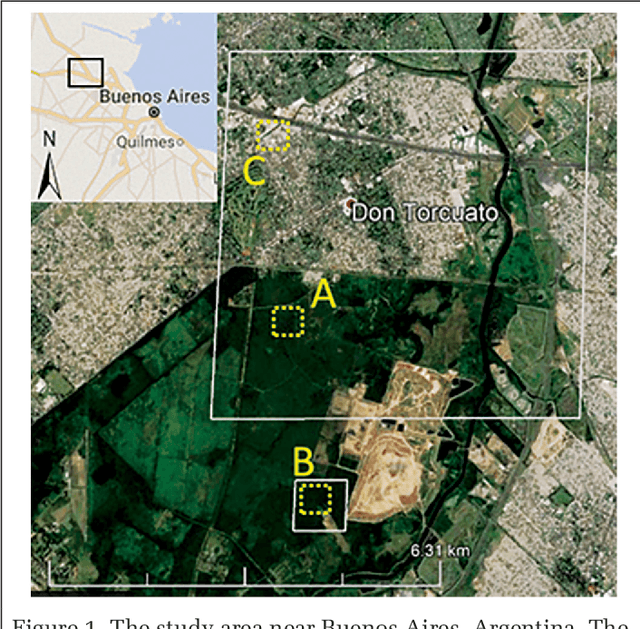
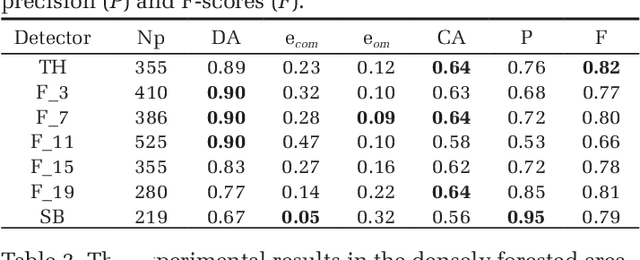
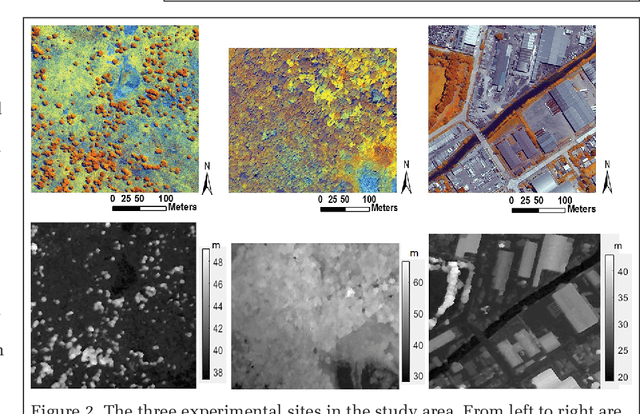
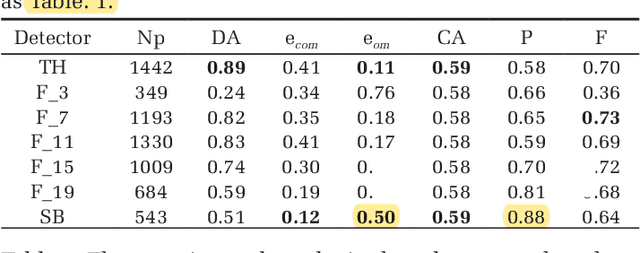
Abstract:Individual tree detection and crown delineation (ITDD) are critical in forest inventory management and remote sensing based forest surveys are largely carried out through satellite images. However, most of these surveys only use 2D spectral information which normally has not enough clues for ITDD. To fully explore the satellite images, we propose a ITDD method using the orthophoto and digital surface model (DSM) derived from the multi-view satellite data. Our algorithm utilizes the top-hat morphological operation to efficiently extract the local maxima from DSM as treetops, and then feed them to a modi-fied superpixel segmentation that combines both 2D and 3D information for tree crown delineation. In subsequent steps, our method incorporates the biological characteristics of the crowns through plant allometric equation to falsify potential outliers. Experiments against manually marked tree plots on three representative regions have demonstrated promising results - the best overall detection accuracy can be 89%.
EventAnchor: Reducing Human Interactions in Event Annotation of Racket Sports Videos
Jan 14, 2021
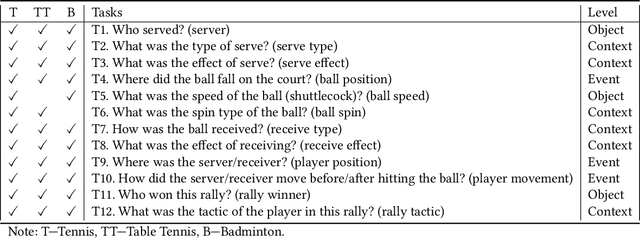


Abstract:The popularity of racket sports (e.g., tennis and table tennis) leads to high demands for data analysis, such as notational analysis, on player performance. While sports videos offer many benefits for such analysis, retrieving accurate information from sports videos could be challenging. In this paper, we propose EventAnchor, a data analysis framework to facilitate interactive annotation of racket sports video with the support of computer vision algorithms. Our approach uses machine learning models in computer vision to help users acquire essential events from videos (e.g., serve, the ball bouncing on the court) and offers users a set of interactive tools for data annotation. An evaluation study on a table tennis annotation system built on this framework shows significant improvement of user performances in simple annotation tasks on objects of interest and complex annotation tasks requiring domain knowledge.
 Add to Chrome
Add to Chrome Add to Firefox
Add to Firefox Add to Edge
Add to Edge